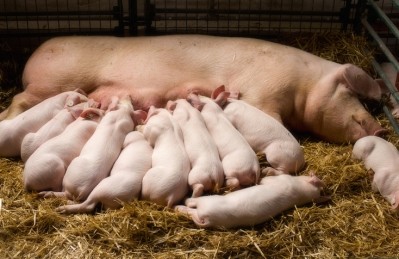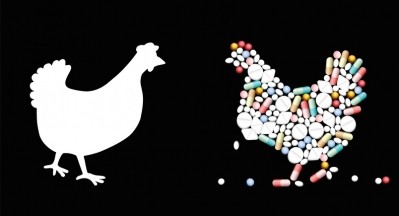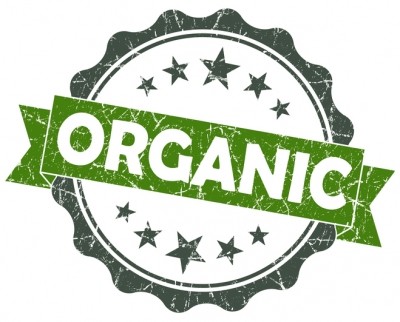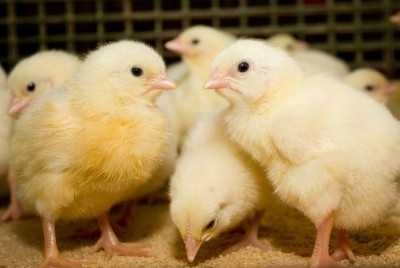NPA report shows feed industry’s role in antibiotic reduction gains
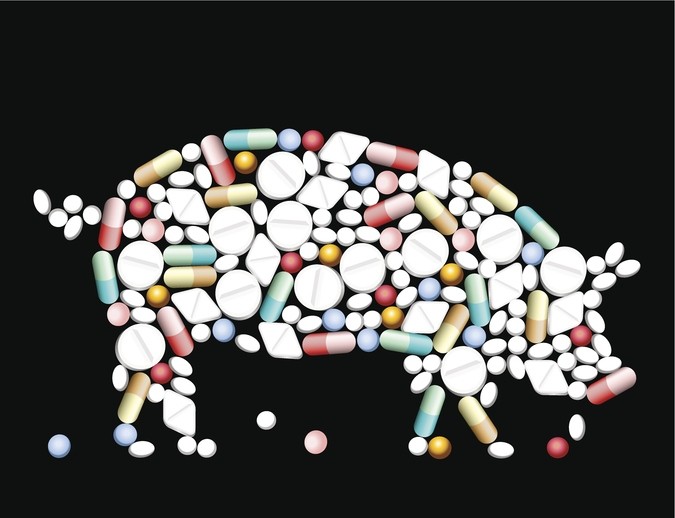
The report noted how the entire industry - from producers and their representative bodies to vets and feed, pharmaceutical and building companies – is working with support from the UK government to address the antibiotic challenge.
“Farmers and vets are working together to improve biosecurity and disease control on farms to raise the overall health status of the national pig herd. The feed industry is also supporting the drive, working with producers to ensure optimum nutrition delivers benefits to pig health at the different stages of production.”
The findings
- Overall antibiotic usage in pigs halved in just two years between 2015 and 2017. The sector is on track to meet its target of reducing usage to 99mg/PCU by 2020.
- Usage of the Highest Priority Critically Important Antibiotics - 3rd and 4th generation cephalosporins, fluoroquinolones and colistin - fell from 0.98 mg/PCU to just 0.1 mg/PCU in 2017. HP-CIAs represented just 0.08% of total antibiotic use in pigs last year.
- Antibiotic data submitted to the pioneering electronic Medicines Book (eMB), which now has a benchmarking facility, covered 87% of pigs slaughtered in the UK in 2017.
- Red Tractor standards have been updated to help drive responsible use of antibiotics in pig production.
- A new cross-sector Animal Medicines Best Practice training program was launched by the National Office of Animal Health at the House of Commons in July to educate producers and their staff about antimicrobial resistance and responsible use of antibiotics.
Feed industry’s role in antibiotic reduction
Nutritionally balanced pig diets and feeding management advice, together with good livestock management and husbandry, can help to reduce the need for antibiotics on pig farms, according to the report.
“The microflora of a pig’s gut can be impacted by how the feed it consumes has been processed. For example, the rough grinding of feed is well known as a way of controlling the multiplication of Salmonella in the digestive tract, through the competitive microbial exclusion mechanism.”
The publication indicates that products such as probiotics, organic acids, prebiotics, symbiotics, zinc oxide, botanicals, immunemodulators, antimicrobial peptides, competitive exclusion products, predatory bacteria, bacteriophages and antibodies may also exert a positive effect on animal gut health.
“The feed industry has been investigating how optimum nutrition of the gestating sow can help to ensure her piglets achieve adequate levels of maternally-derived immunity. Ensuring optimum fetal development will ultimately result in piglets being strong at birth that are more likely to suckle early on and obtain adequate levels of immunity-boosting colostrum.
“Nutritionists within the pig sector have also been working on achieving a good transition between sow gestation and lactation diets. This helps to ensure sows are provided with optimum energy for farrowing and can help to shorten the duration of farrowing, resulting in piglets being born with high vitality, which again means they are more likely to suckle.
“Good sow nutrition can also increase colostrum production and reduce mastitis, metritis and agalactia (MMA), a complex syndrome caused by bacterial infection of the udders and birth canal around the time of farrowing and which usually requires treatment with antibiotics.”
Well-formulated pig feed is also an important component of supporting piglets at the time of weaning.
“For example, good nutrition will ensure sows produce good quality milk in sufficient quantity, in turn providing optimum levels of energy intake for piglets at weaning. Also, providing appetizing feed containing the correct blend of nutrients will encourage weaned piglets to consume adequate levels of dry matter (fiber), which can promote healthy gut development.”
With this knowledge and the means to communicate it to livestock farmers - through members of the Feed Adviser Register (FAR) in the UK - the feed sector is assisting in achieving reduced use of antibiotics on pig farms, added the NPA.
Gaps in understanding of nutrition and immunity link
Nevertheless, it argued that more research involving innovative techniques is needed to better understand the benefits of nutrition in enhancing the immune system of animals.
“It is also extremely important that any legislative framework supports the practical use of innovative nutritional approaches as alternatives to antibiotics. For example, the feed labelling legislation could be adapted to allow animal health supportive claims for compound feed, beyond and above dietetic feed claims.”
